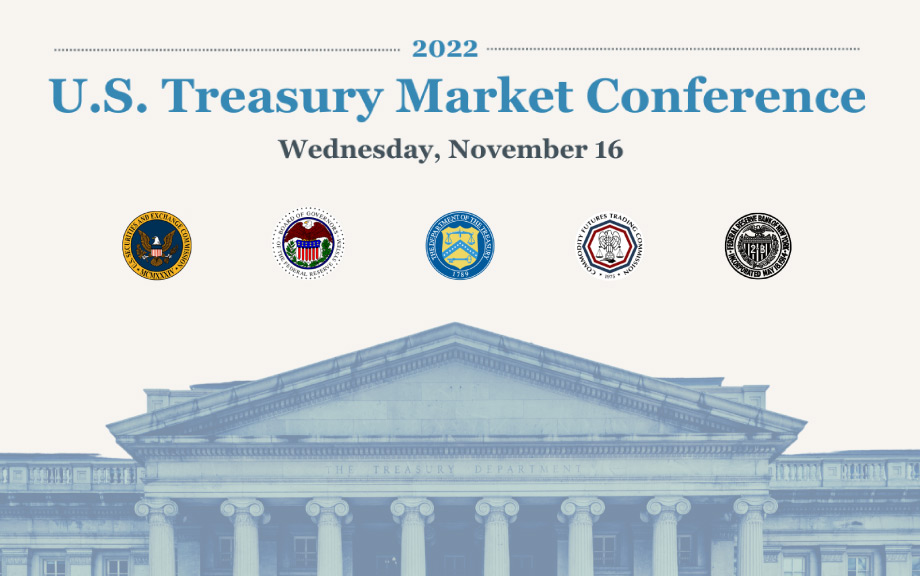
On November 16, 2022, the New York Fed hosted the eighth U.S. Treasury Market Conference. This annual event is an opportunity for market participants, official sector representatives, academics, regulatory authorities, and other stakeholders to gather and discuss key developments, policy issues, and recent trends in the market for U.S. Treasury securities. It is co-sponsored with the U.S. Department of the Treasury, the Board of Governors of the Federal Reserve System, the U.S. Securities and Exchange Commission (SEC), and the U.S. Commodity Futures Trading Commission (CFTC), and after two years of virtual convenings was held in person again for the first time since 2019. Here are highlights from featured speakers and takeaways from the panel discussions.
Keynote Addresses
New York Fed President John C. Williams delivered the first keynote address of the day. He emphasized that a resilient U.S. Treasury market supports the efficacy of monetary policy, noting that the transmission of monetary policy to the economy can be impeded if the Treasury market isn’t functioning well. He argued that using monetary policy to address financial stability vulnerabilities could lead to unfavorable outcomes for the economy. Instead, he encouraged collaboration between the official sector and private sector where appropriate to enhance the resilience of the Treasury market and strengthen the financial system. He noted that global efforts to strengthen the banking system following the global financial crisis showed the value of this approach, and he highlighted recent changes by the Federal Reserve to support market functioning, including the introduction of the Standing Repo Facility and the Foreign and International Monetary Authorities (FIMA) Repo Facility. “These issues are complex, but the need for meaningful progress on strengthening the resilience of core financial markets is clear,” Williams said.
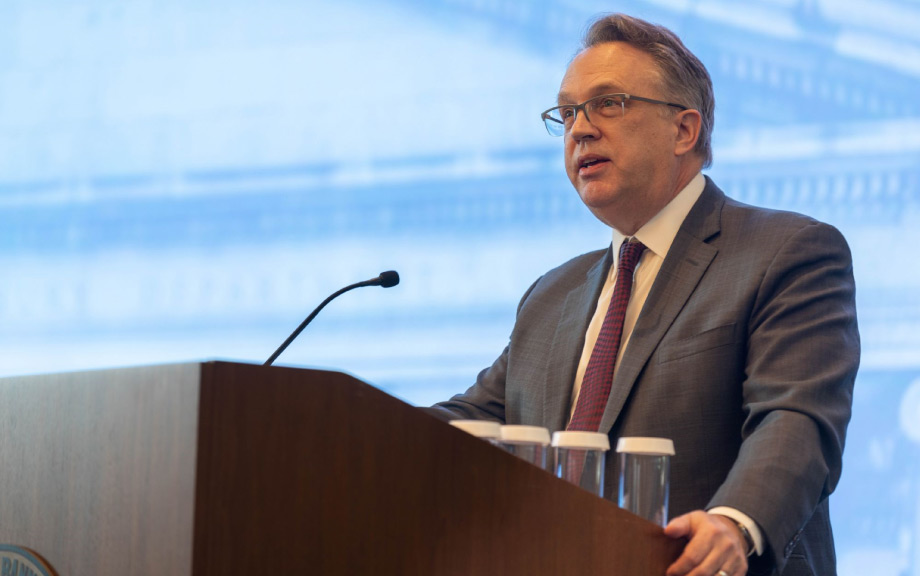
In the day’s second keynote address, U.S. Treasury Under Secretary for Domestic Finance Nellie Liang offered observations on recent liquidity conditions in the Treasury market and highlighted progress on efforts to improve data quality and transparency. She emphasized that a liquid, well-functioning Treasury market is key to supporting the financing of the federal government, the broader financial system, and the implementation of monetary policy. She noted signs of diminished liquidity in the Treasury market over approximately the past year, but said that in her view, these conditions largely reflect heightened uncertainty about economic and geopolitical conditions. She said that while the Treasury market has continued to operate well in the face of heightened volatility, it is important to continue to monitor for signs of vulnerability.
On the topic of improving data quality and transparency, Liang discussed the importance of filling a gap in market data for the non-centrally-cleared bilateral repurchase agreement (repo) market. She provided takeaways from a pilot data collection effort led by the Office of Financial Research and noted that having more robust data on this market is key to understanding how to improve Treasury market resilience. She highlighted other recent progress by the Inter-Agency Working Group for Treasury Market Surveillance (IAWG) and noted ongoing efforts with the SEC and Financial Industry Regulatory Authority (FINRA) to improve public transparency into the cash Treasury market. She then provided a summary of feedback to a recent Treasury Department request for information (RFI) on the topic of how to further improve transparency in the Treasury market. She highlighted that, in light of input received on the RFI, the Treasury Department is proposing to provide transaction data for benchmark securities that serve as a reference point across financial markets. Liang argued that “additional transparency can provide meaningful and lasting benefits” for the Treasury market, and indicated that the process would proceed “in a gradual and calibrated manner.”
SEC Chair Gary Gensler opened his keynote address by noting that maximizing the competitiveness, liquidity, and resiliency of the Treasury market would lower the cost of financing the government, support the implementation of monetary policy, and help the fluid functioning of the U.S. financial system. He noted that “jitters” in the Treasury market over the last decade—in 2014, 2019, and 2020—led to a series of proposals by the official sector to enhance competitiveness and resiliency. He then proceeded to review five projects in particular, which generally center around market intermediaries, post-trade transparency, and clearing.
The first two projects are related to trading platforms and liquidity providers of Treasury securities. In January 2022, the SEC proposed bringing platforms known as Alternative Trading Systems, which provide marketplaces for Treasuries, under the regulatory umbrella. And between March and July of last year, the SEC proposed a rule, and voted to re-propose amendments, that would broaden the pool of market participants required to register with the SEC or FINRA.
The next two projects Gensler mentioned pertained to central clearing and customer clearing processes. With regard to the former, the SEC recently proposed rules to widen the scope of transactions brought into central clearing in the Treasury market, and voted to propose rules to strengthen the governance of registered clearinghouses. Regarding the latter, he stated that the SEC has proposed three key reforms to facilitate customer clearing and increase access to the Treasury market. He then touched on the final project, which centered on collaborating with the Treasury Department, the Fed, and FINRA to enhance data reporting and transparency in the Treasury market.
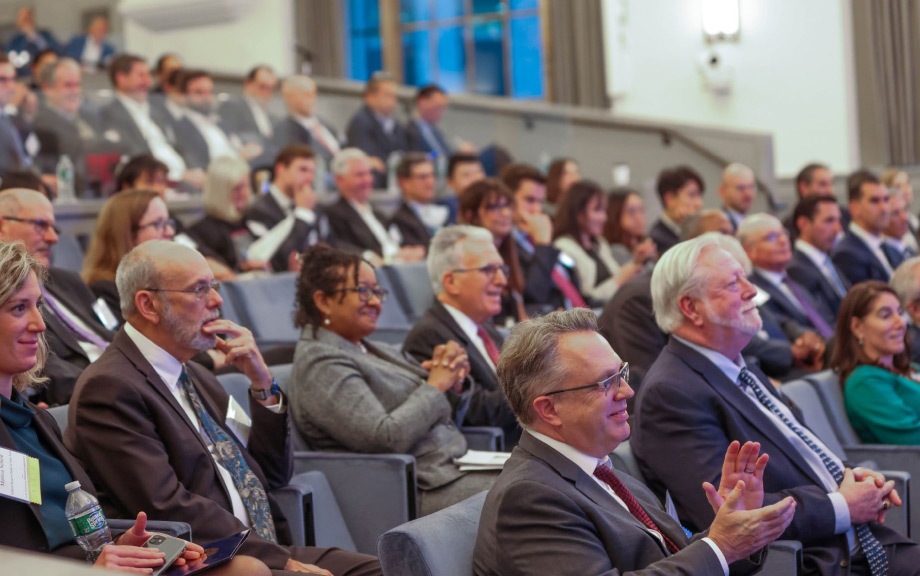
CFTC Chairman Rostin Behnam opened his keynote address by reviewing trends in the Treasury futures and commodity markets. In particular, he noted that over the past year asset managers have been increasing their net long positions in Treasury futures, with offsetting short positions being held by a broader group of hedge funds, dealers, and other market participants. He said that understanding the interactions among these groups and how they relate to Treasury futures market liquidity and resilience is an ongoing focus for the CFTC.
He also highlighted that margin demands have remained elevated since late-2021 amid economic and geopolitical concerns and uncertainty about energy resources. He noted the margin increases had resulted in liquidity calls on clearing members and their clients, and acknowledged concerns among some participants regarding access to eligible collateral, typically either cash or sovereign bonds, and, in particular, whether all entities have access to U.S. Treasuries. He mentioned a proposal was being considered regarding the question of whether central counterparties and other clearing agencies serving U.S. clients could access Federal Reserve deposit accounts as a tool to lower risk in the system. He also mentioned a proposal that, in part, would increase the number of Treasury security transactions submitted for clearing at covered clearing agencies. In closing, he noted the CFTC’s commitment to remaining vigilant to emerging developments and risks.
Panel Discussions
The first panel featured a discussion on the potential benefits and costs of broader central clearing in the U.S. Treasury market. It was moderated by Josh Frost, assistant secretary for financial markets at the U.S. Department of the Treasury. The panelist lineup included representatives from two asset managers, a primary dealer, and a central counterparty (CCP). During the discussion, there was broad agreement that increased repo clearing could be beneficial for the market, though the views on clearing cash trades were more mixed. Most panelists indicated that a broad expansion of central clearing would make the Treasury market more resilient, at least on the margin. Some noted that the U.S. Treasury market investor base is very diverse, and designing models that would allow for expanded clearing would be challenging and take time. The CCP representative suggested that select regulations are precluding greater participation in central clearing. Some items mentioned as benefits of expanded central clearing included the potential for increased market intermediation capacity (particularly for repo); operational efficiencies; and improved transparency and management of clearing and settlement risks. On the costs or risks of greater use, some items mentioned included the potential need for additional liquidity resulting from increasing margin requirements in times of market stress; potential higher costs to transact securities; and the risk that levered accounts may change their participation in the Treasury market as a result of the higher costs of clearing.
The second panel addressed all-to-all trading, a trading convention where, in concept, any market participant can trade directly with other market participants. The discussion considered why all-to-all trading has not become more widespread in the Treasury market, the potential impact broader adoption could have on Treasury market resilience, and key factors that could make broader adoption more or less likely. The panel was moderated by Nate Wuerffel, head of domestic markets at the New York Fed, and the panelist lineup included representatives from an asset manager, a primary dealer, a hedge fund, three trading platforms, and academia. Many of the panelists thought that wider adoption of all-to-all trading would improve the resilience of the Treasury market in times of market stress by helping buyers and sellers more efficiently transact. At the same time, there was agreement that the need for dealer intermediation would continue, and that all-to-all trading, should it grow, was likely to complement rather than replace dealer-to-client intermediation. A few panelists put forth a view that growth in the Treasury market over the past decade has outpaced the warehousing or intermediation capacity of primary dealers, or that regulatory measures were limiting dealers’ ability to intermediate. Some noted that all-to-all trading could help improve liquidity provisioning—and that enhancements to trade price transparency would entice further adoption of all-to-all trading. Some panelists highlighted the diversity of market participants and suggested that having a wide range of trading conventions that incorporate elements of all-to-all trading could help meet the needs of different types of buyers and sellers.
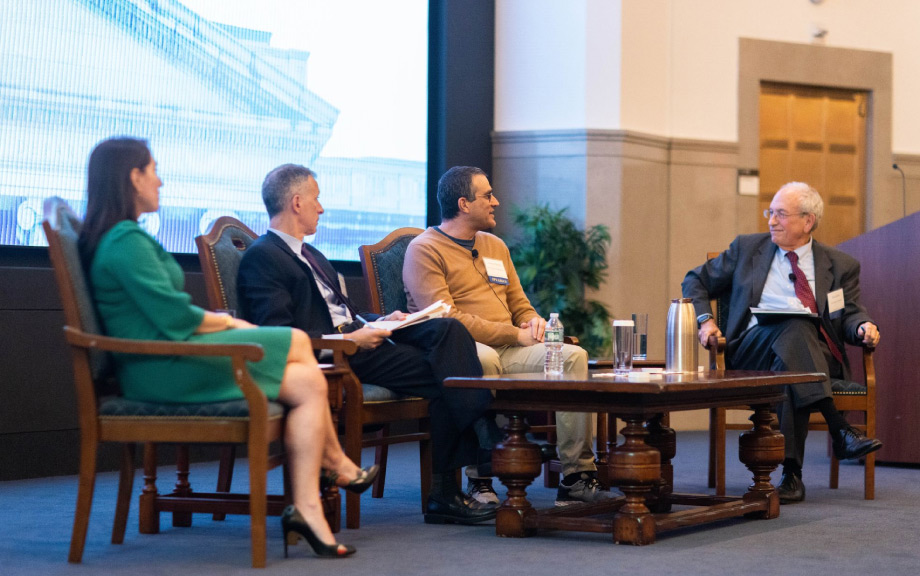
The third panel discussed the appropriate roles for the official sector versus the private sector in ensuring resiliency and liquidity in the Treasury market. It was chaired by Donald Kohn, the Robert V. Roosa Chair in International Economics at the Brookings Institution. The panelist lineup included two representatives from academia and one from a primary dealer. The panelists saw important ongoing roles for both the private and official sectors in strengthening the resiliency of the Treasury market in the future. Panelists noted that public sector interventions in the market ought to be a last resort, and observed that the ability of the official sector to backstop and restore market function would be valuable in certain scenarios, such as March of 2020. The panelists also argued for the need to reevaluate the regulations put in place following the global financial crisis to ensure that rules are calibrated in such a way that banks remain well capitalized but not unnecessarily deterred from Treasury market trading, given the relative low risk of that activity and its importance for Treasury market resilience.
IAWG Report
Ahead of the conference, the Inter-Agency Working Group for Treasury Market Surveillance (IAWG) published its 2022 Staff Progress Report. The IAWG, which consists of staff from the conference co-sponsors, was formed in 1992 to improve monitoring and surveillance and strengthen interagency coordination with respect to Treasury markets. The staff report details progress made by the IAWG member institutions and staff between 2021 and 2022 to enhance the resilience of the Treasury market.
A replay of the 2022 U.S. Treasury Market Conference is available on the event page.
Leon Barker is a capital markets trading associate in the Markets Group.
Frank Keane is a policy and market monitoring advisor in the Markets Group.
Monica Scheid is a capital markets trading principal in the Markets Group.
Ellen Correia Golay is a capital markets trading advisor in the Markets Group.
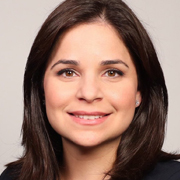
Rania Perry is the director of Treasury Markets in the Markets Group as well as a senior liaison to the Treasury Market Practices Group.
The views expressed in this article are those of the contributing authors and do not necessarily reflect the position of the New York Fed or the Federal Reserve System.














